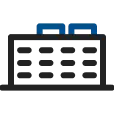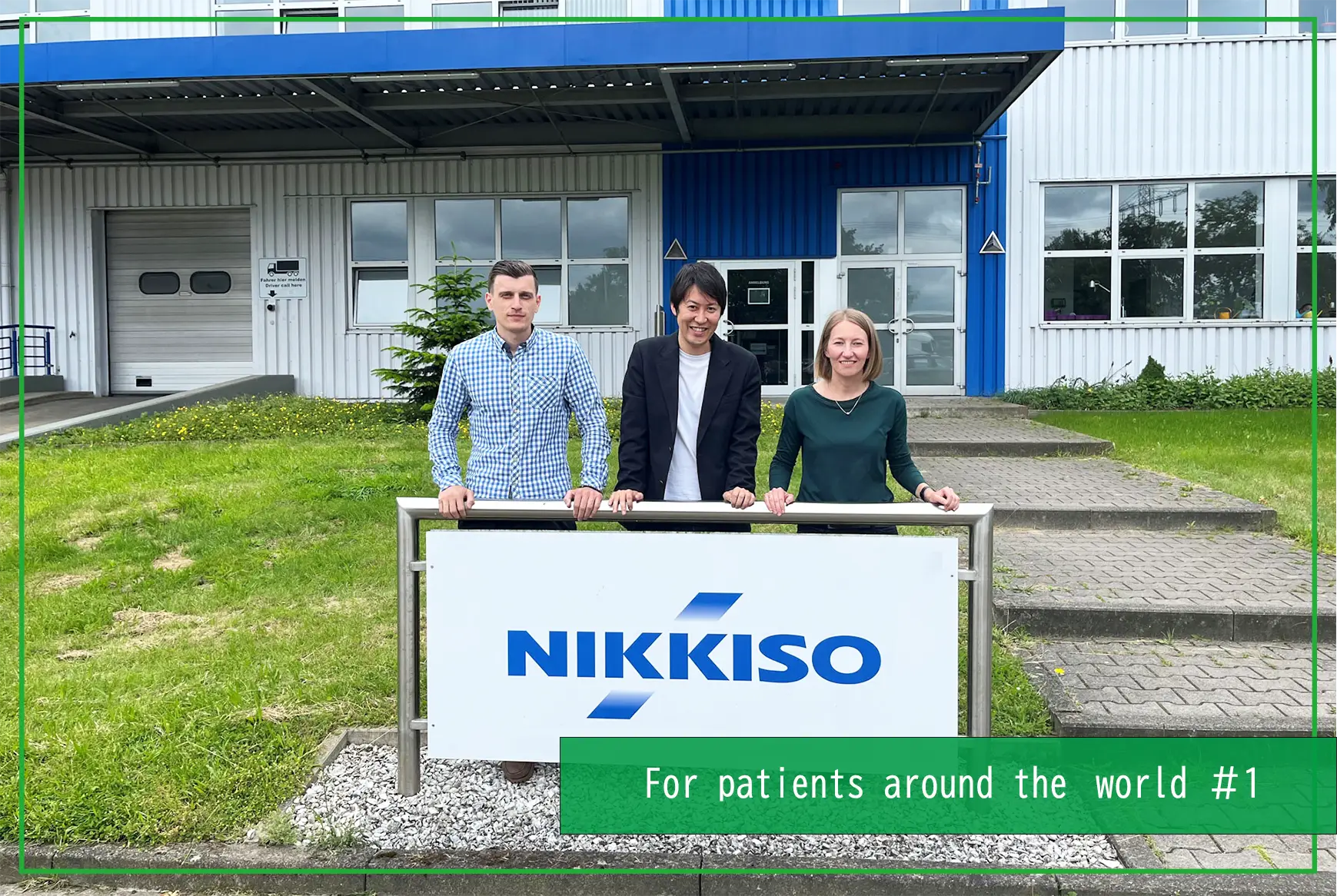ENRICH OUR LIVES
2023/10/17
Decarbonizing the skies with hydrogen aircraft? Useful basic knowledge, the state of development, and everything in between
- Hydrogen
- Decarbonation
- Aircraft
- Pump
- CFRP
- Industrial
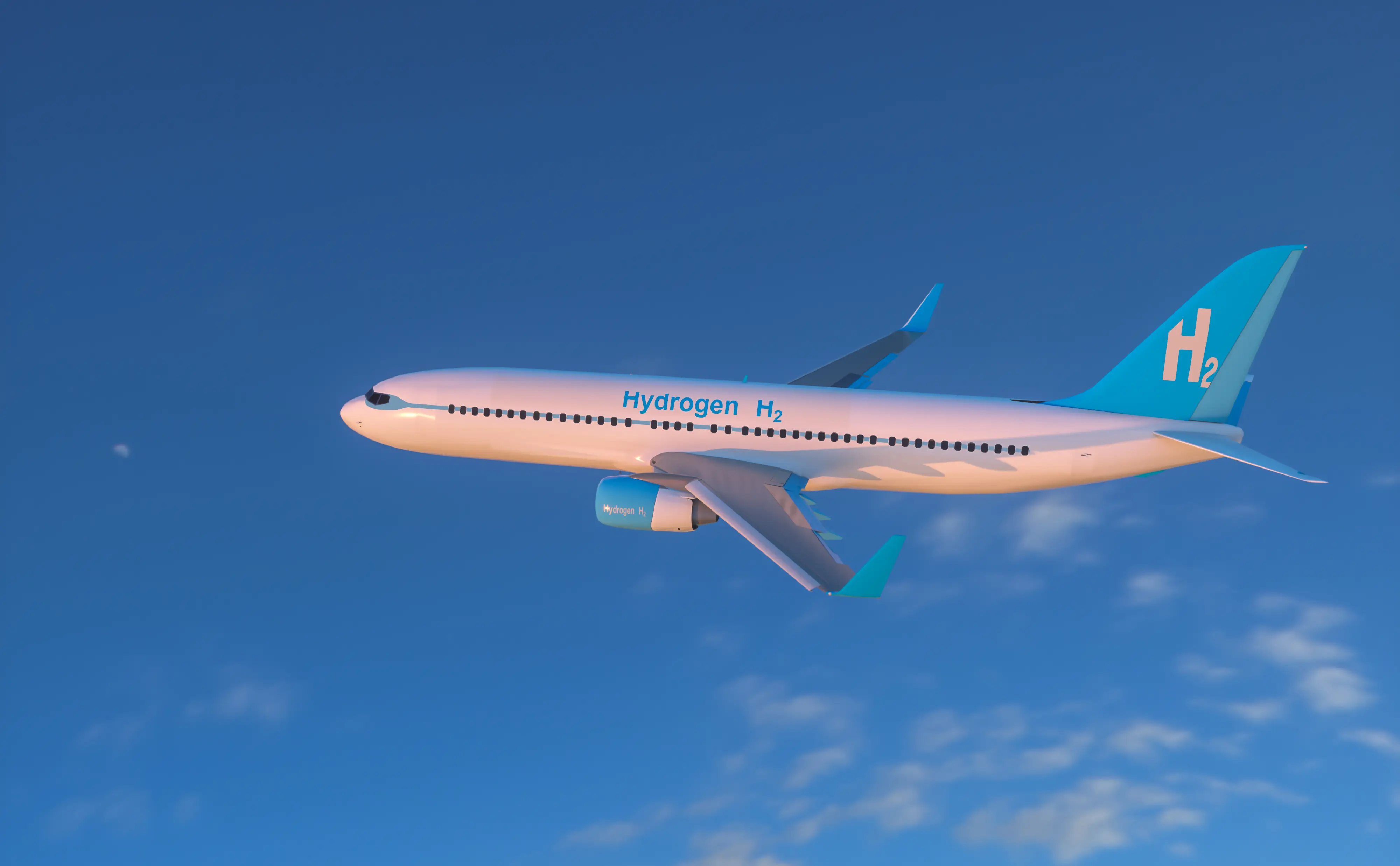
Index
As countries around the world move toward decarbonization as a countermeasure against climate change, the aviation industry is attracting attention for its undertaking of research and development for hydrogen aircraft in an effort to reduce greenhouse gas emissions.
This article will provide you with detailed explanations when it comes to an overview of hydrogen aircraft, the background behind the R&D being undertaken, and the development status of each of the companies involved.
What are hydrogen aircraft? Basic knowledge you’ll want to have
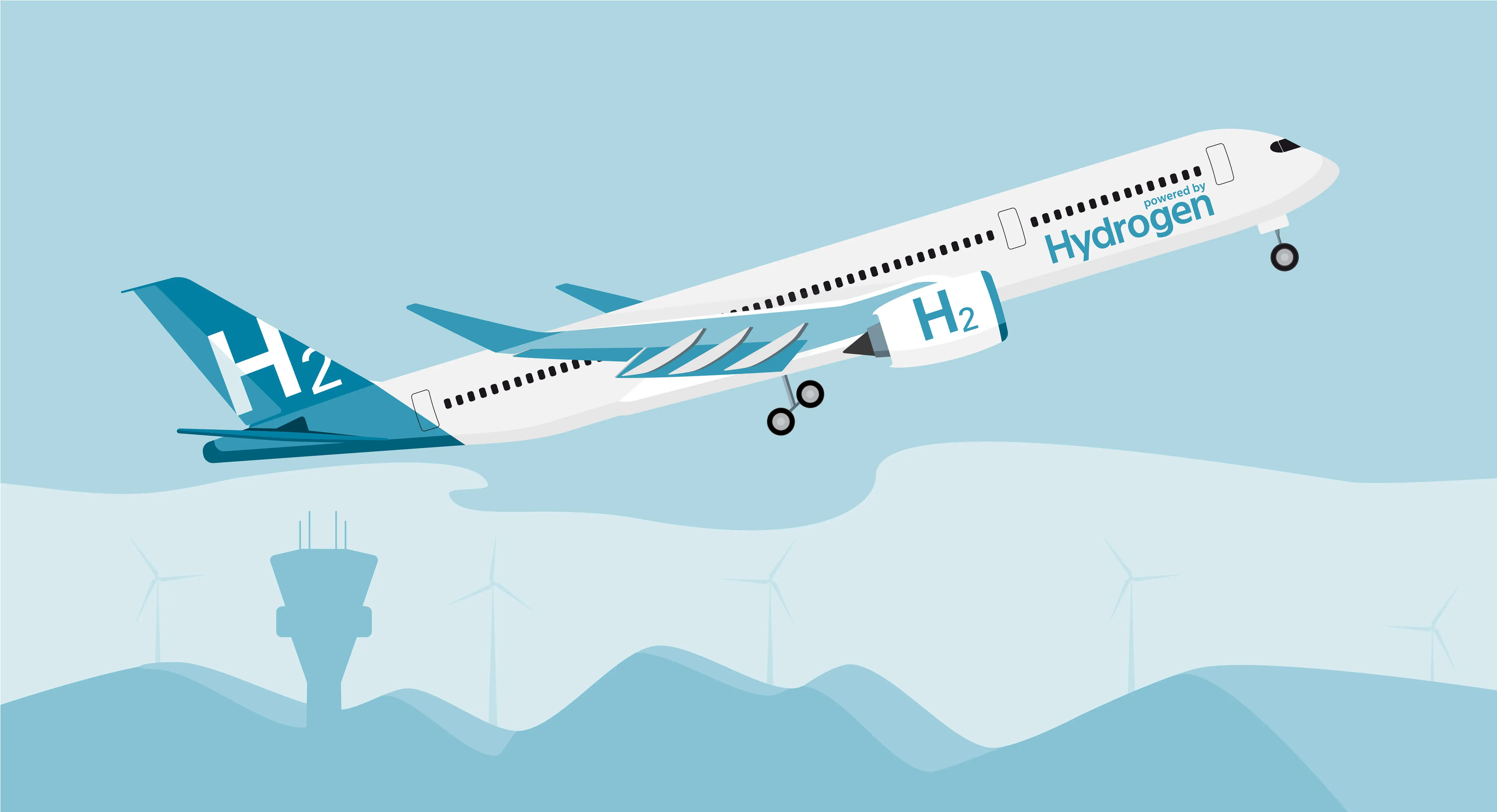
First, let’s take a look at an overview of hydrogen aircraft and the background behind why these aircraft are attracting attention.
Next-generation, zero-emission aircraft for the decarbonization of the skies
Hydrogen aircraft are next-generation, zero-emission* aircraft powered by hydrogen, which does not produce carbon dioxide when burned.
When it comes to measures purposed with facilitating the achievement of the decarbonization of the skies, efforts are being carried actively all over the world, such as the development of engines, studies on the conditions necessary for commercialization, and technical research aimed at safe and efficient operation.
*Zero emission: This means zero emissions resulting from human activities and boundlessly moving toward a figure of zero. In addition to waste, it is also used to reduce CO2 emissions and other climate-polluting substances.
The aviation industry and climate change problems
Research and development of hydrogen aircraft has attracted much attention due to the heavy impact of the aviation industry on our environment.
Many of today’s aircraft use fossil fuels as their power sources. In Japan, 18.5% of total carbon dioxide emissions are generated by the transportation sector, and 5% of those emissions are produced by domestic aviation* We have seen that due to growing environmental awareness, the concept of “flight shame” has emerged and spread, mainly in Europe, as a way of reducing carbon dioxide emissions from the airline industry.
Against this backdrop, the International Civil Aviation Organization (ICAO) has adopted targets such as the reduction of carbon dioxide emissions produced by aircraft flying internationally by 15% from 2019 levels starting in 2024 and onward as well as the achievement of net-zero emissions by 2050. This has led to calls for airlines to take steps toward decarbonization.
The directions being taken in terms of discussions are as follows:
- Decarbonizing of fuel through the introduction of Sustainable Aviation Fuel (SAF)
- Introduction of new technologies into aircraft
- Optimization of flight operations through the increased sophistication of air traffic control
The above three subjects constitute the primary axes of discussions, with research and development of hydrogen aircraft being undertaken within the framework of the introduction of new technologies.
[*Reference: “Status of CO2 Reduction Initiatives in the Aviation Sector”; published by the Ministry of Land, Infrastructure, Transport and Tourism, Civil Aviation Bureau (April 2021)]
Means by which hydrogen-based energy is utilized for aircraft
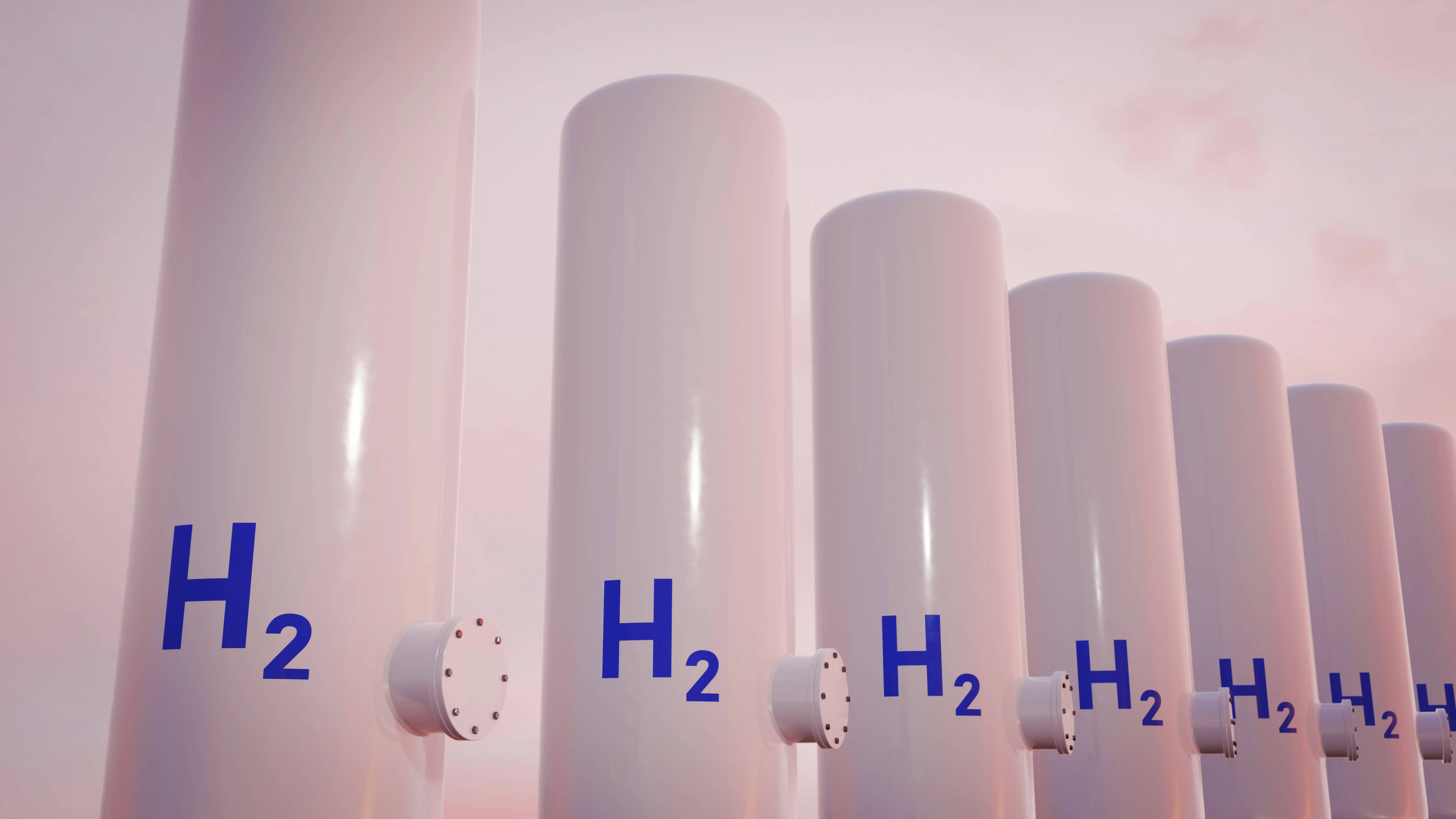
There are two major ways to utilize hydrogen energy when it comes to aircraft: (1) hydrogen fuel cells (2) hydrogen combustion.
Hydrogen fuel cells
This method involves a power generator (hydrogen fuel cell) that generates energy through a chemical reaction taking place between hydrogen and oxygen. With this method, the hydrogen fuel cell is mounted on the airframe and a fan is run using electricity.
The generating of electricity produces only water. No gases such as carbon dioxide and nitrogen oxides, which lead to air pollution, are generated as a result.
Meanwhile, in order to obtain high thrust, it is necessary to enlarge the fuel cell, which means that they are not considered to be suitable for large passenger aircraft. Thus, what is being considered is their deployment for aircraft seating a small number of passengers and which travel over relatively short flight distances.
Hydrogen combustion engines (hydrogen gas turbine engines)
This method involves directly replacing the fuel of current aircraft with hydrogen and obtaining thrust by means of burning hydrogen with the engine. No carbon dioxide is generated during combustion.
This essentially does not require a power generator such as a fuel cell. What’s more, the simple fuel supply system involved makes it suitable for large passenger aircraft.
There are, however, technical hurdles involved when it comes to achieving this goal.
- Storage of liquefied hydrogen fuel
After having achieved a dramatic weight reduction to the extent wherein mounting on the aircraft is possible, it is then required to appropriately store liquefied hydrogen at a cryogenic temperature of -253°C in an environment involving altitudes of 10,000 m. Furthermore, about four times the volume of the current jet fuel is required when it comes to the use of liquefied hydrogen fuel. Therefore, it is necessary to examine the structure of the entire airframe, which includes the tank layout. - Supply of liquefied hydrogen fuel
It is considered necessary to develop a fuel supply system to stably supply cryogenic hydrogen fuel from storage tanks to the engine. Ancillary components, such as pumps and vaporizers compatible with hydrogen fuel, are also needed. - Suppression of nitrogen oxides (NOx) during hydrogen combustion
Since the flame temperature is extremely high during hydrogen combustion, it is thought that the emission of nitrogen oxides increases. Therefore, technologies to control such emissions are being developed to address that issue.
Development status of hydrogen aircraft
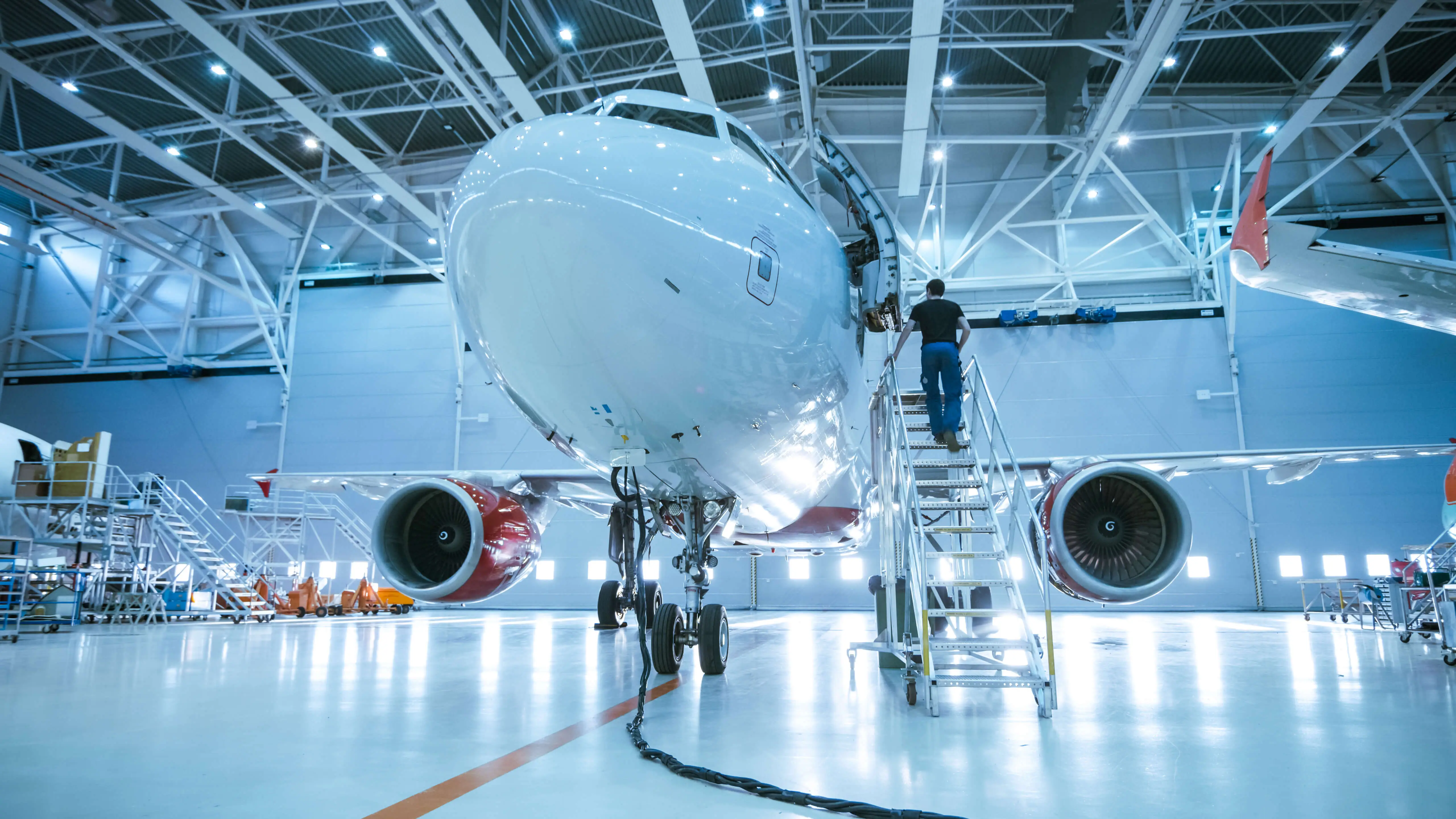
Next, let us talk about the status of development when it comes to hydrogen aircraft by each of the companies involved.
Airbus: Leading the industry with the aim of commercialization in 2035
Airbus, a major aircraft manufacturer in France, aims to bring zero-emission aircraft into service by 2035 in an effort to lead the decarbonization of the entire aviation industry.
In September 2020, the company announced three concept models for the ZEROe, the world’s first zero-emission passenger plane powered primarily by hydrogen. All three concepts employ a hybrid propulsion system consisting of a gas turbine engine that burns liquefied hydrogen as fuel and a hydrogen fuel cell that complements the gas turbine.
[Overview of the concept models]
- Turbofan:Carries 120-200 passengers with flight range of 3,700 km; can travel across continents.
- Turboprop:Can carry up to 100 passengers with a flight range of about 1,900 km; suitable for short flights.
- Blended-Wing Body:Like the Turbofan, it can seat up to 200 passengers, has a flight range of about 3,700 km, and can travel across continents. Also, its wide fuselage design allows for more flexibility when it comes to hydrogen storage and distribution, as well as when it comes to the cabin layout.
In February 2022, the company announced plans for demonstration flights with demonstration aircraft. The demonstration is scheduled to take place within five years, and development for commercialization is expected to be progressing steadily.
On the same day, the company announced that it had entered into a partnership with CFM International, which is a major aircraft engine company and joint venture between General Electric (GE) and Saffron Aircraft Engines, with the goal of the partnership being to undertake ground-based demonstrations and flight demonstrations for hydrogen combustion engines.
Airbus also announced in November 2022 that it was developing a fuel cell engine powered by hydrogen. There are plans to have the system installed on the A380 flight test aircraft with verification to be carried out accordingly.
[Reference: The Ministry of Economy, Trade and Industry; “Situation Surrounding the Airline Industry and Initiatives Aimed at Societal Implementation” / Airbus; “Airbus reveals new zero-emission concept aircraft” (2020.9); “Airbus reveals hydrogen-powered zero-emission engine” (2022.11)]
Kawasaki Heavy Industries: Aiming for commercialization by around 2040
In order to go about contributing to a virtuous cycle involving the economy and the environment by taking proactive measures against global warming, Kawasaki Heavy Industries is working on the development of a core technology for hydrogen aircraft and plans to conduct a ground-based demonstration test in 2030. This project was proposed as part of the Green Innovation Fund Projects of the New Energy and Industrial Technology Development Organization (NEDO) and adopted in November 2021.
The company is currently developing a hydrogen combustion machine, a liquefied hydrogen tank, a hydrogen supply system, and conducting research on airframe concepts.
The company has also strengthened cooperation with related companies to develop a series of supply chains, including that involving the mass production of hydrogen, transport to and from airports, and resupply at airports.
In April 2022, the company announced a collaboration with Airbus. The companies have agreed to work together to make policy recommendations with an eye on building supply chains and to draw up a road map for the solving of problems that are being faced.
[Reference: Kawasaki Heavy Industries; “Kawasaki Hydrogen Aircraft Core Technology Development Project Selected for NEDO Green Innovation Fund Support” (2021.11); “Airbus, Kawasaki Heavy Industries partner to study use of hydrogen in Japan” (2022.4)]
ZeroAvia: Successful commercial flight with hydrogen fuel cell
In September 2020, ZeroAvia, which has based in the United Kingdom and the United States, successfully flew the world’s first commercial aircraft powered by a hydrogen fuel cell engine.
In addition, the company plans to test a 19-seat aircraft with the goal of starting commercial operation by 2024. It also plans to have $30 million in funding raised in 2022 to further accelerate the development of hydrogen-fueled engines.
[Reference: CNBC; “Hydrogen-powered passenger plane completes maiden flight in ‘world first ’” (2020.9) / ZeroAvia; “ZeroAvia Secures Additional $30 Million in Funding from IAG, Barclays, NEOM & AENU” (2022.7)]
H2FLY breaks world flight altitude record
In April 2022, German company H2FLY announced that its HY4 demonstration aircraft, which is powered by a hydrogen fuel cell, had successfully flown at an altitude of approximately 2,200 meters, breaking the world record for flight altitude.
The test involved a seating capacity of 4 people. The company is working together with Deutsche Aircraft in Germany to develop a 40-passenger plane by 2025.
[Reference: H2FLY “Flight test campaign successful: H2FLY sets hydrogen-electric flight world record” (2022.4)]
ATI unveils new long-haul passenger aircraft
In March 2022, the UK’s Aerospace Technology Institute (ATI) released a commercial and operational report on the FlyZero hydrogen aircraft for which research is currently being undertaken. The company revealed concepts for three types of airframes: regional, narrow-body, and mid-size.
Each of the three types has a different structure, a different number of passengers allowed on board, and different ranges of possible flight distances. This is in order to meet the demands of inter-regional transportation, long-distance commercial navigation, and more. When it comes to regional airframes, it is assumed that they will be equipped with hydrogen fuel cells and that the narrow-body and mid-size air frames will be equipped with hydrogen fuel tanks.
[Reference: ATI; “FlyZero: Commercial and operations reports published” (2022.3)]
Hydrogen aircraft and Nikkiso
Nikkiso has been selected by Kawasaki Heavy Industries as a subcontractor to develop pumps for liquefied hydrogen. The company is engaged in research and development for small, lightweight, safe, and reliable pumps that are responsible for supplying fuel to engines mounted on hydrogen aircraft.
In order to go about making hydrogen aircraft a reality, it is also necessary to reduce the weight of the aircraft more than ever before. Thus, the company is also working on research and development for new designs and manufacturing methods that can contribute to weight reduction through the utilization of the manufacturing technologies and know-how incorporated into CFRP aircraft parts which Nikkiso has cultivated up to this point.
Along with the development of engines and airframes, Nikkiso is committed to contributing to the move to zero emissions in the aviation industry through the development of equipment and elemental technologies related to the stable supply of hydrogen and through the development of structural material components using CFRP materials, which are essential elements when it comes to commercialization.
Summary
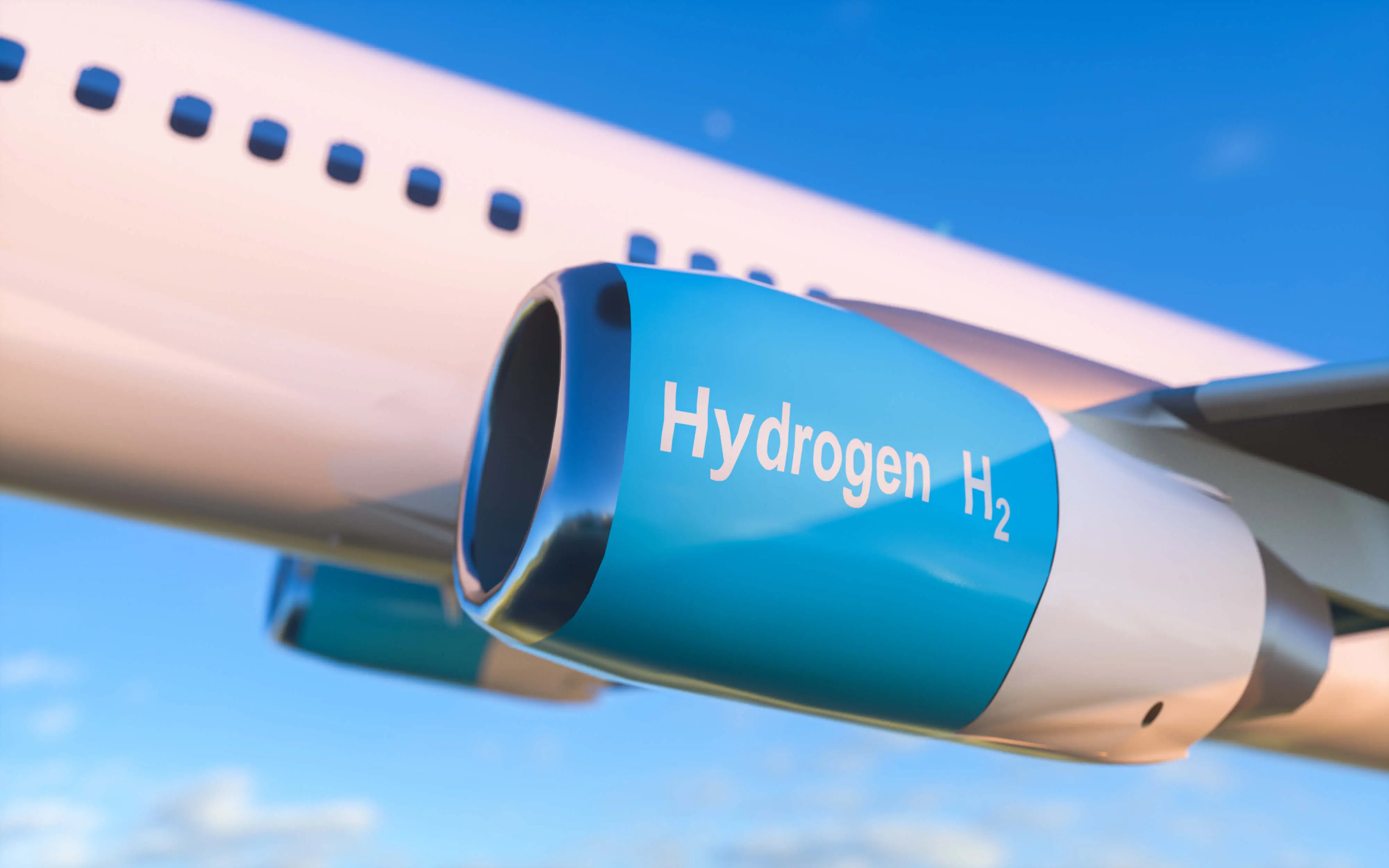
Hydrogen aircraft are powered by hydrogen, which does not emit carbon dioxide during combustion. These aircraft are attracting attention as a means of transportation and as a type of transportation characterized by reduced environmental impacts. As such, research and development aimed at commercialization is currently being undertaken in various parts of the world.
Nikkiso is committed to contributing to the decarbonization of the aviation industry through the development of pumps that are essential for supplying fuel to hydrogen aircraft.
Pickup
-
 MEDICAL FIELD
MEDICAL FIELD
Empowering Asia’s Expanding Dialysis Treatment with Nikkiso’s Advanced Technology and Comprehensive Support
- Hemodialysis
- Interview
- Medicalbusiness
2025/10/30
-
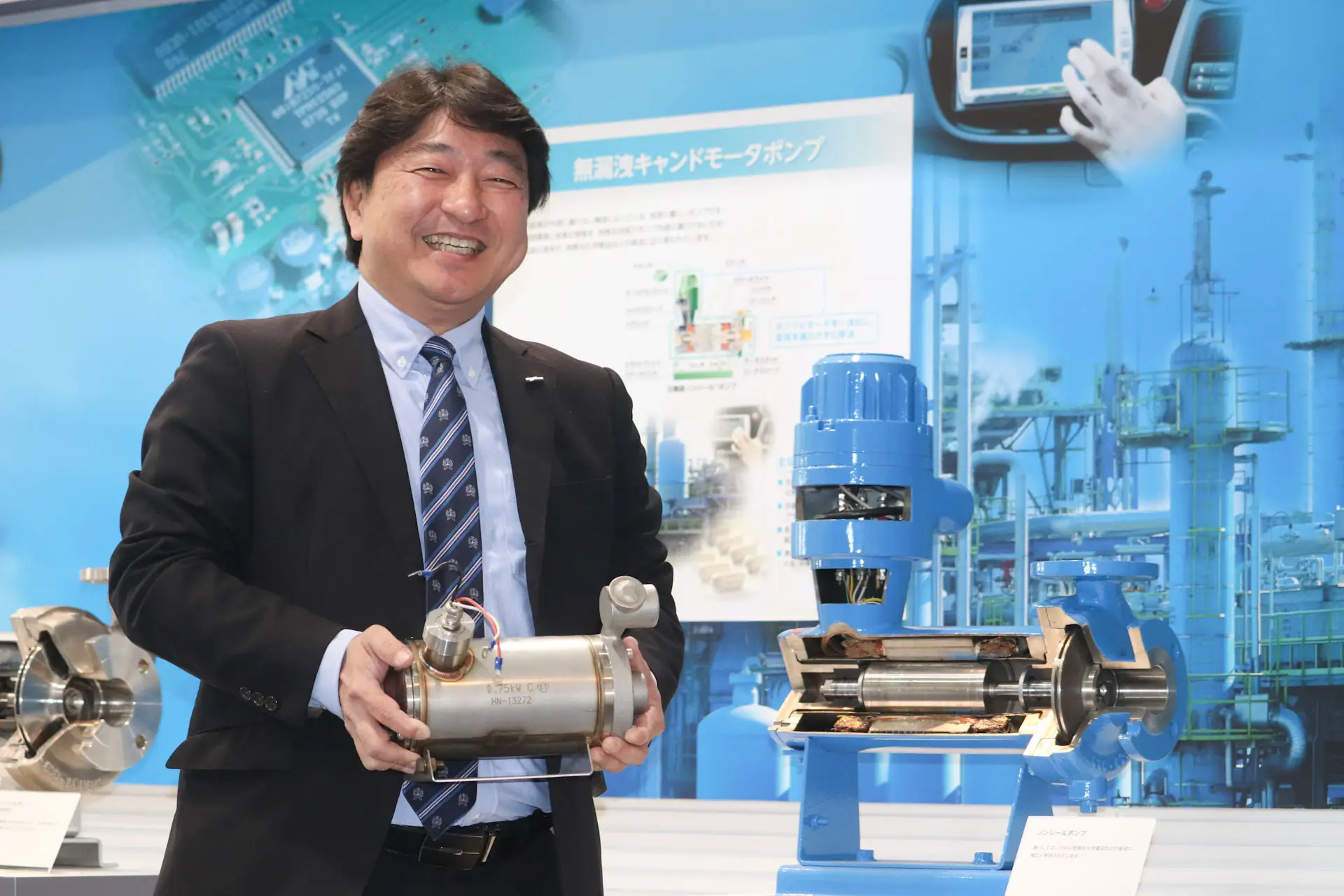 MANUFACTURING
MANUFACTURING
Pumps also actively used in semiconductor manufacturing: 20 years of history of compact, high-speed canned motor pumps
- Technology
- Interview
- Pump
- Semiconductor
2025/05/21
-
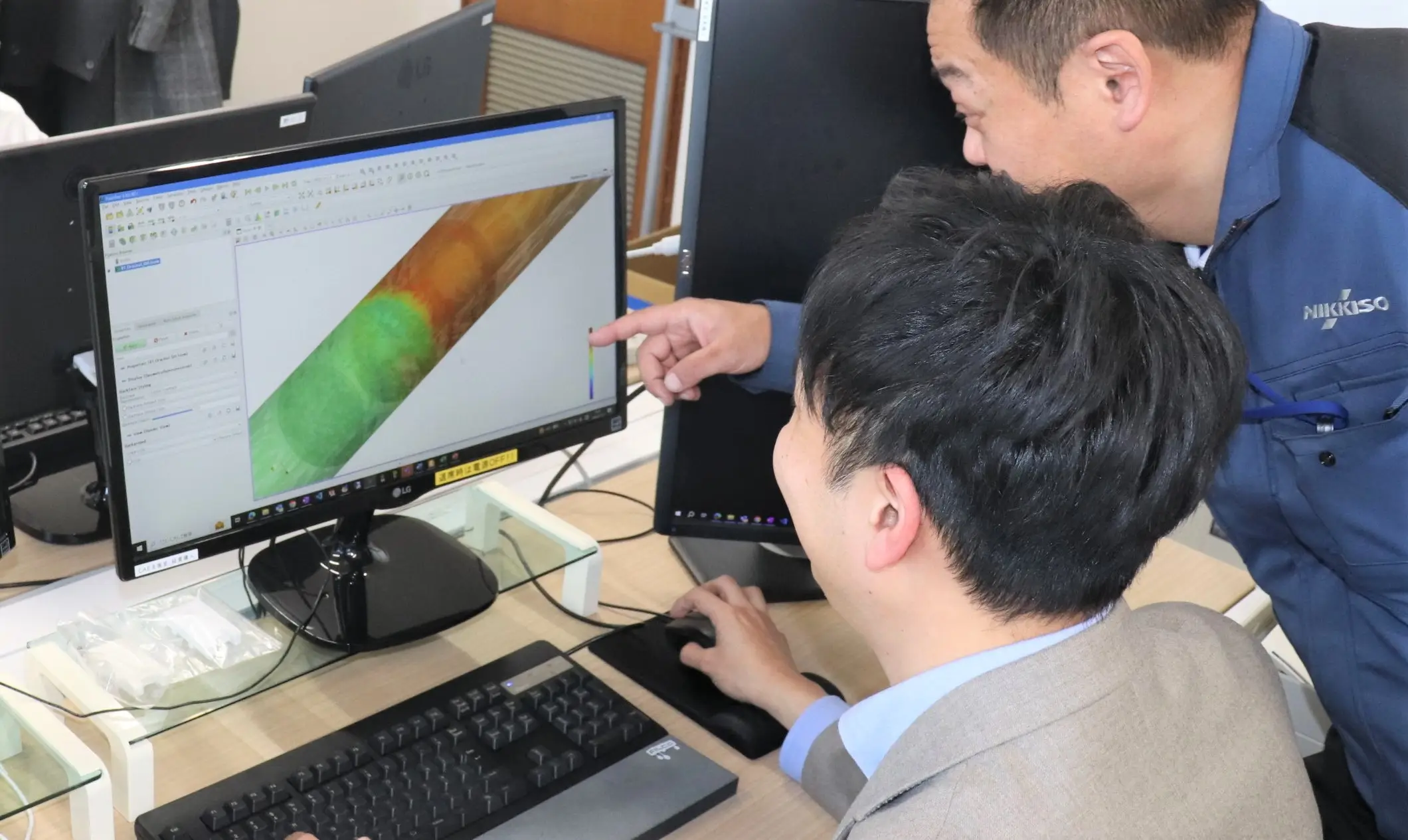 MANUFACTURING
MANUFACTURING
Nikkiso's DX initiatives: CAE Support Department continues to evolve, aiming to eliminate dependence on the skills and expertise of specific people
- Technology
- Interview
2025/04/09
関連記事
-
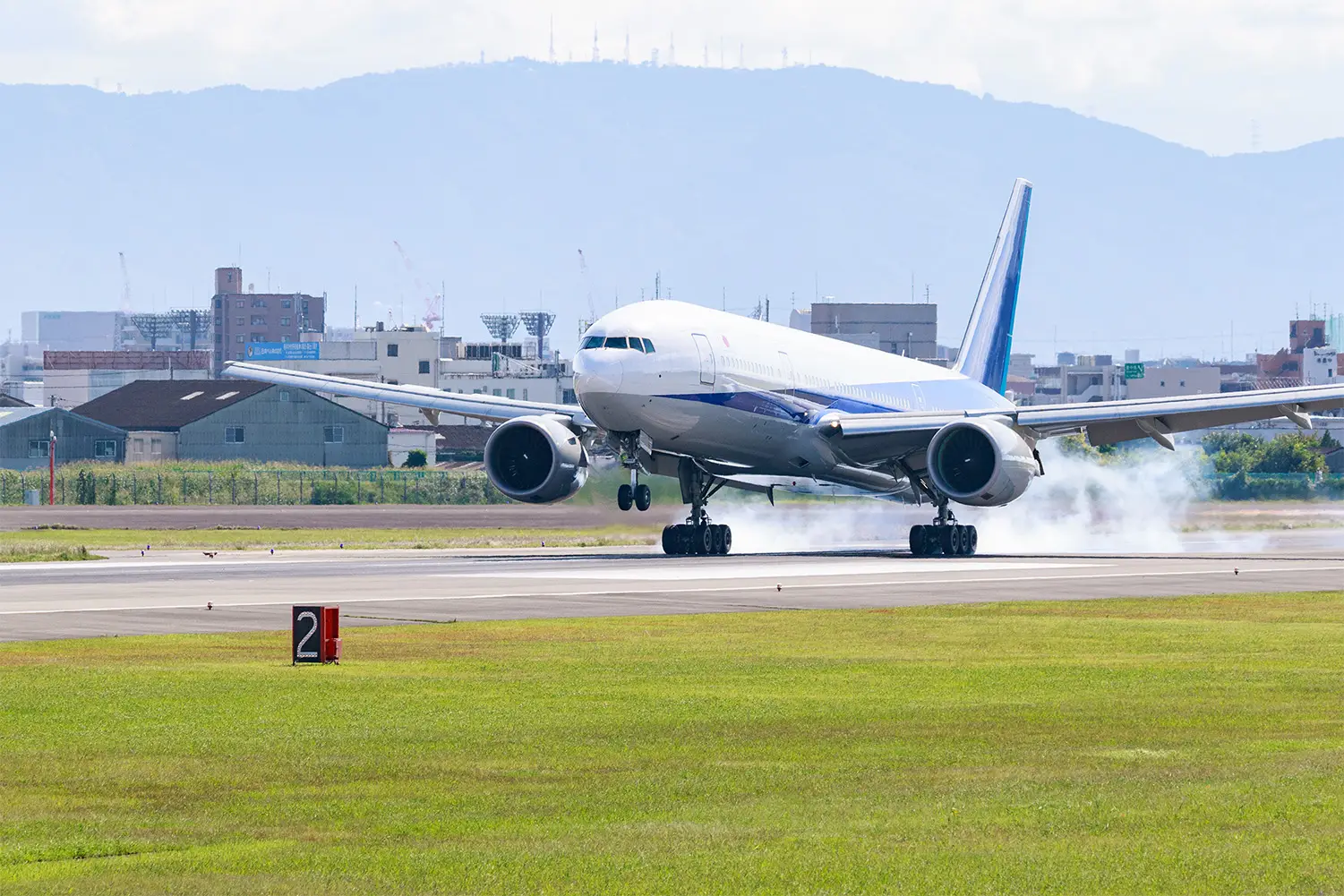 ENRICH OUR LIVES
ENRICH OUR LIVES
How does an airplane stop? Secrets of the cascade, an essential component for deceleration
- CFRP
- Aircraft
- Aerospace
2024/09/12
-
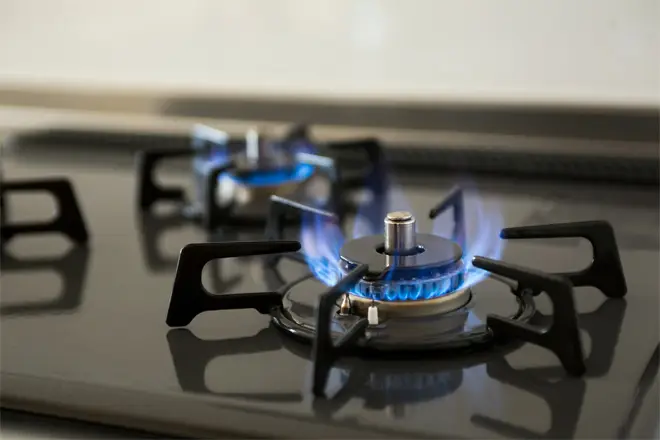 ENRICH OUR LIVES
ENRICH OUR LIVES
Secret to the Odor of Gas
- Pump
- LNG
- Industrial
2024/05/08
-
 ENRICH OUR LIVES
ENRICH OUR LIVES
What exactly is the SiC power semiconductor that is essential for decarbonization and the popularization of EVs? Here is some basic knowledge and information on future prospects
- Decarbonation
- Technology
- Industrial
- Semiconductor
2023/11/20
-
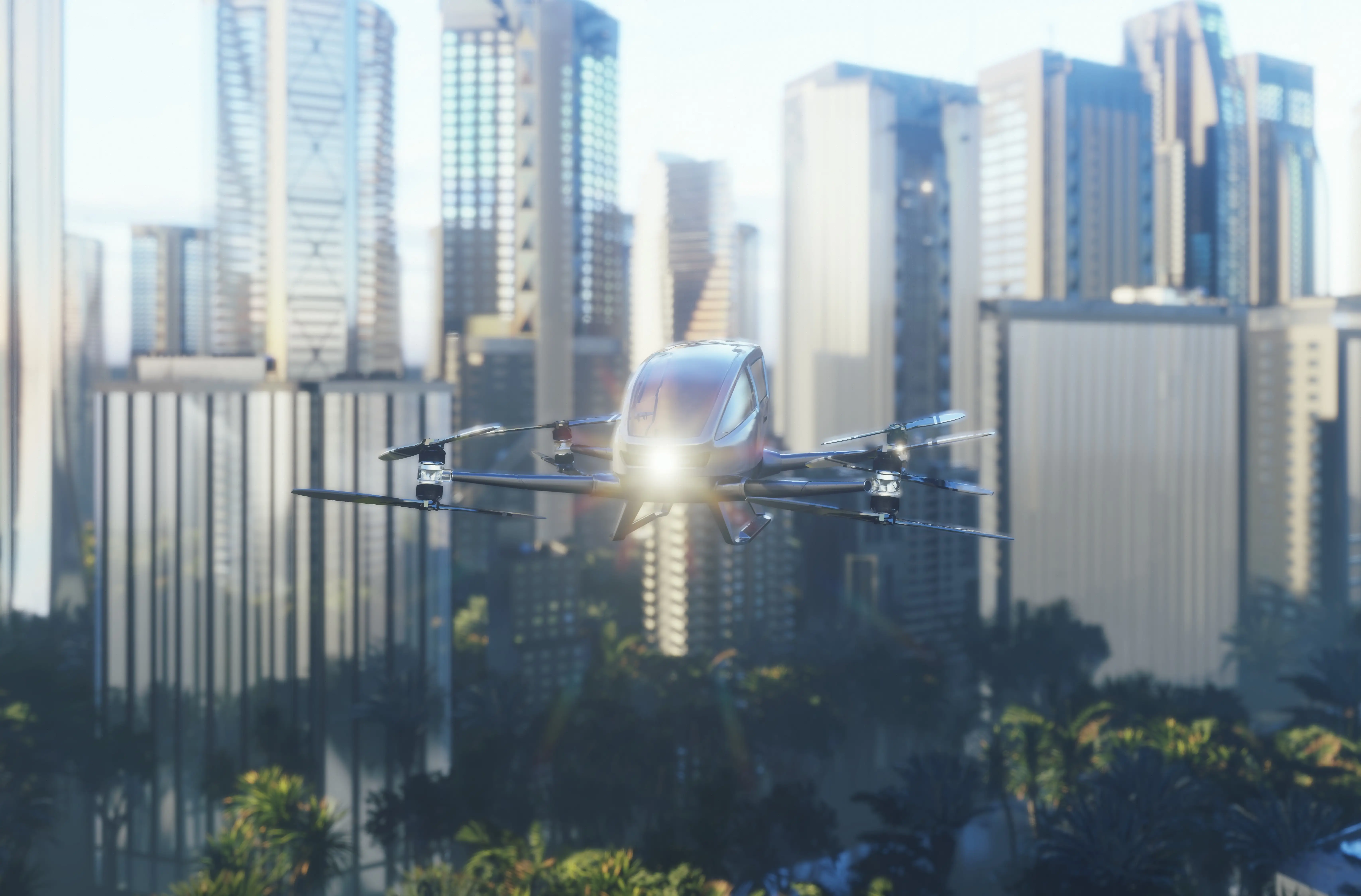 ENRICH OUR LIVES
ENRICH OUR LIVES
When will eVTOLs become practical? A thorough explanation of everything from the basics
- CFRP
- eVTOL
- Aircraft
2023/09/06



